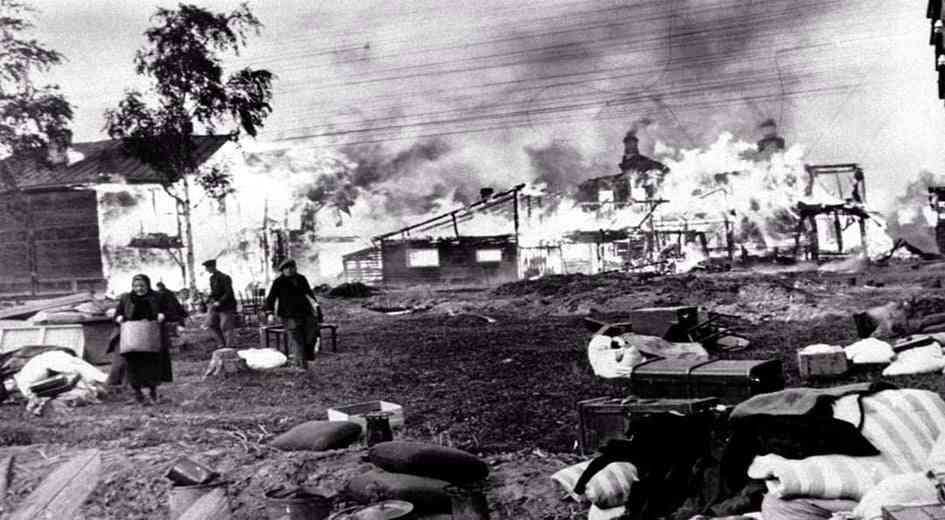Military strategy
The military strategy is a set of strategic plans developed by military organizations and armies to achieve the desired strategic goals, and the word “strategy” is derived from the word "strategy" in Greek. The term appeared in use during the eighteenth century, and was viewed in its narrow sense as "the art of arrangement."
The military strategy planning and managing the military campaigns, as well as supervising the movement and disposal of forces, in addition to the process of deceiving the enemy, the scorched earth policy is one of the most famous military strategies in history. This article is an attempt to answer the question, “what is the scorched earth policy”? And a statement related to this concept. [1]
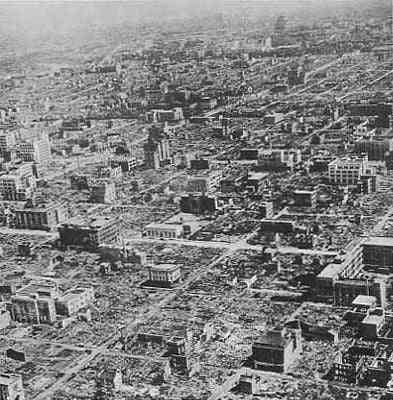
What is the scorched earth policy
The scorched earth policy is a military strategy that destroys everything that might be useful to the enemy when retreating from the locations they entered. Any assets that the enemy may benefit from are targeted for destruction, and this usually includes tanks, prominent weapons, transport vehicles, communications, natural resources, as well as industries. It is a strategy that can target anything that might benefit the adversary, including food depots, supply chains, communication, transportation, agricultural areas, and water resources in general, including the residents themselves at times, although this has become prohibited and is a war crime under the Geneva Convention of 1977. However, these practices are still implemented by some armies in enemy territory, or in the territory of the original military during the invasion of another army. It is a measure that may interfere with the policy of deliberate punitive destruction of enemy resources and that the enemy also exercises. At the same time, it is not quite similar to punitive destruction, which is usually carried out as part of a military-political strategy. [2]
Learn about the cold war:
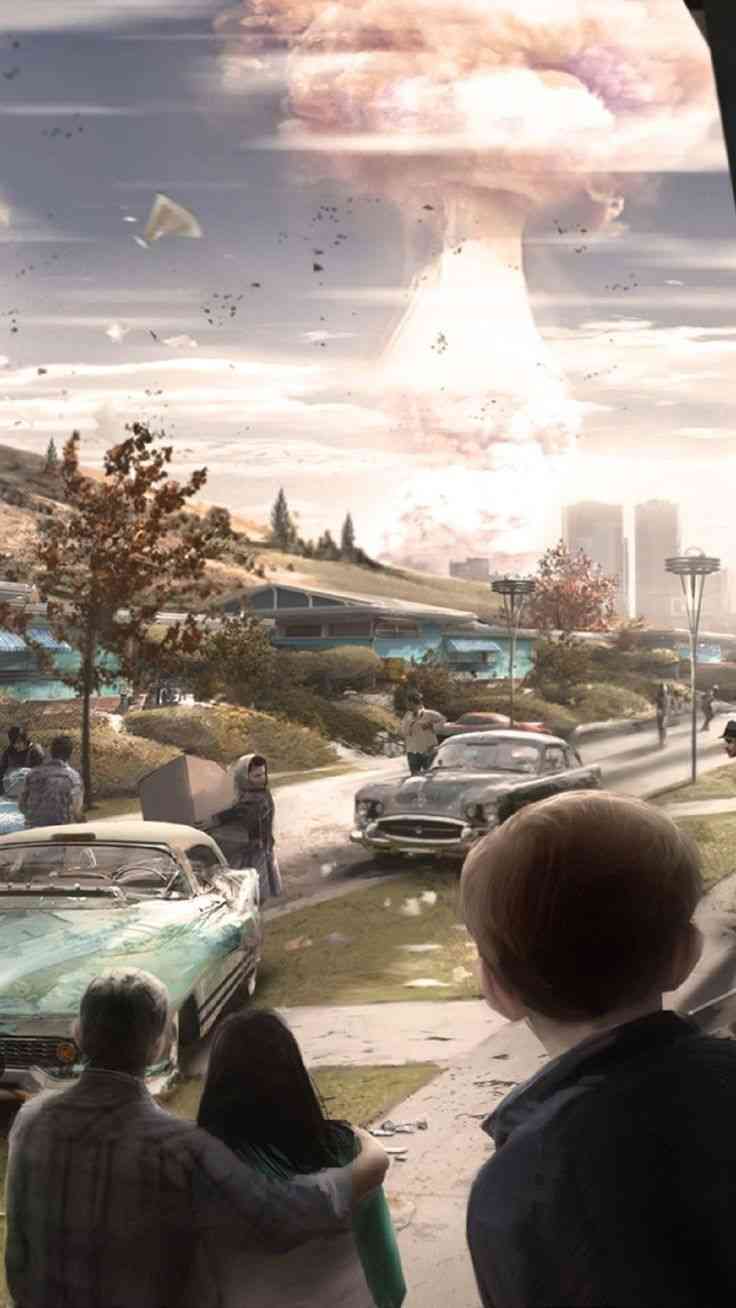
The term "scorched earth" was first used in the English language in 1937 AD, in a report written about the Sino-Japanese conflict at the time. Sometimes the concept of scorched earth is used metaphorically in the business world, where the company facing an acquisition attempt from another company to make it less valuable by selling some assets and accumulating debts. [2]
The politics of scorched earth in ancient history
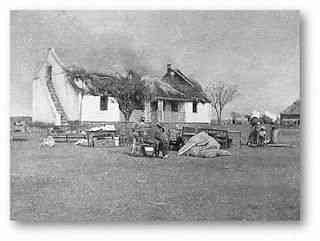
Although the term "scorched earth policy" is emerging recently, this military strategy has been in use since ancient times. The Scythians used the scorched earth policy against King Darius in Persia, where the Scythians who were nomadic shepherds retreated before the Persians to the depths of the steppe since they destroyed food supplies and poisoned wells, many of the Persians died from starvation and drought. The Greek general Xenophon recorded that the Armenians burned their crops and food depots while they withdrew from the sites. In the Roman Wars, a system of punitive destruction of property was found to subjugate people during military campaigns. Once the Celtic people were forced to evacuate the region in southern Germany and Switzerland, due to the invasion of the Germanic tribes. Hence, commander Helveti destroyed everything they could not carry. Also, during the Great Gallic War, he planned the Gallic led by Firenkturix to withdraw the Roman armies to Gaul and then besieged them and eliminated them, so they destroyed the countryside. This caused tremendous problems for the Roman army, but the military victories of the Romans proved that they are not enough to save the Gallic people from the empire of Rome.
Scorched Earth Politics in Modern History
As the invasion began with about 680,000 soldiers in August 1812 AD, the Battle of Smolensk ended in the defeat of Russia. On September 7, 1812, the Battle of Borodino, which also ended in the defeat of Russia, came one week later, Napoleon entered Moscow, at the beginning of the Russian winter months. In all three, the Russians practiced the scorched earth policy; the French army fell ill, hungry, and cold. On December 14, 1812 AD, the last French soldier left Russia. The Russians worked to destroy all resources, including food, medicine, transportation, buildings, and transportation, to prevent them from falling into the hands of the enemy, as the Russians removed what they could not carry, including agricultural crops. They burned it all, they also evacuated the inhabitants of Moscow and burned the entire city before Napoleon's arrival. The entire Russian population participated in the practice of this policy which is the policy of the burned stock, including the aristocracy, even though they were the biggest loser because of this, as were the peasants. They were the ones who suffered, unfortunately.
Consider supporting the author by donating here
The policy of the scorched earth was also practiced with great cruelty by the Red Army, according to direct orders from the dictator Stalin, where thousands of factories in Ukraine were destroyed and removed, and the largest hydroelectric dam in Europe was bombed. The Capital Street was also blown up and destroyed Main Kiev in Ukraine, as collective farms were instructed to destroy their crops and kill their animals, or hand them over to the retreating Soviet armies. Because all Soviet Ukraine was occupied by Nazi Germans, the Ukrainian people suffered terribly from the scorched earth policy, the economy of Ukraine was almost completely destroyed. At the hands of the retreating Red Army, the Ukrainian civilian population was abandoned by the Soviet regime. Then Ukraine suffered again from the policy of the scorched earth when the Nazis withdrew from the Ukrainian lands in 1943-1944 AD, where Hitler also ordered the implementation of the doctrine of the scorched earth. About 28,000 villages were burned by the retreating German army. All resources that could benefit from the advanced Red Army were evacuated and destroyed.
The scorched earth policy had a tremendous impact on the outcome of the war on the Eastern Front since more than half of the war victims on the Eastern Front were from Civilians because of that policy, and this was the first time in the history of wars that the number of civilian deaths exceeded the number of military deaths. In contrast, advanced armies were deprived of essential resources. Still, the cost fell on the civilian population that is left behind suffering from death and hunger, and from massive deprivation and misery.
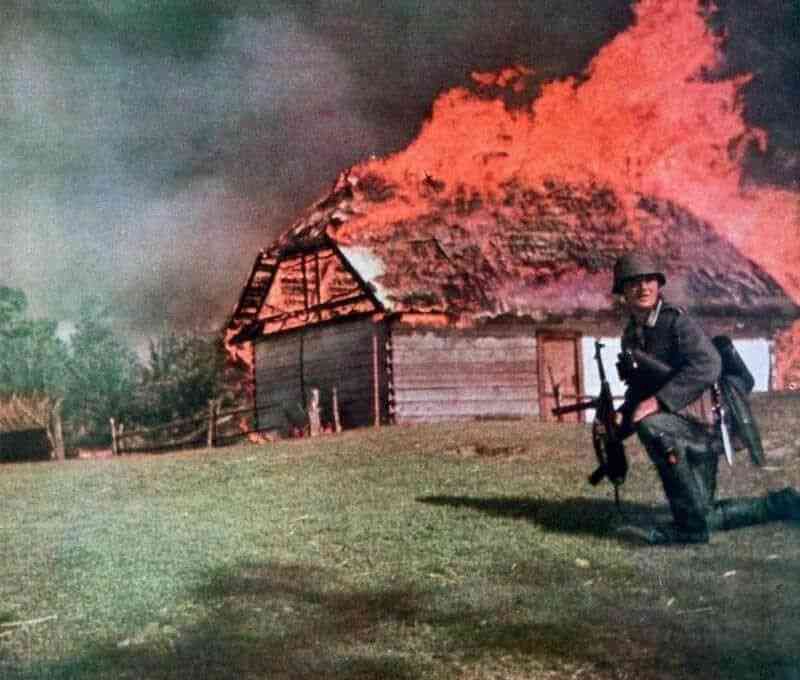
Banning of the scorched earth policy
The prohibition of the scorched earth policy and strategy of the destruction of food and water supplies for the civilian population of international law in the areas of conflict was described under article 54 of the First Protocol to the Geneva Conventions of 1977, where the relevant section says the following: " It is prohibited to attack, destroy, remove or disable material which is indispensable to the survival of the civilian population, for example, food and agricultural areas that produce crops, livestock, drinking water facilities and networks, and irrigation works, for a specific purpose to prevent them for their essential value on the civilian population or the opponent, whatever the motive, whether it is with the intention of starving civilians or forcing them to move away, or For any other reason. "Thus, the concept of the scorched earth policy has been explained, and the matters related to that concept.
Next recommended reading:
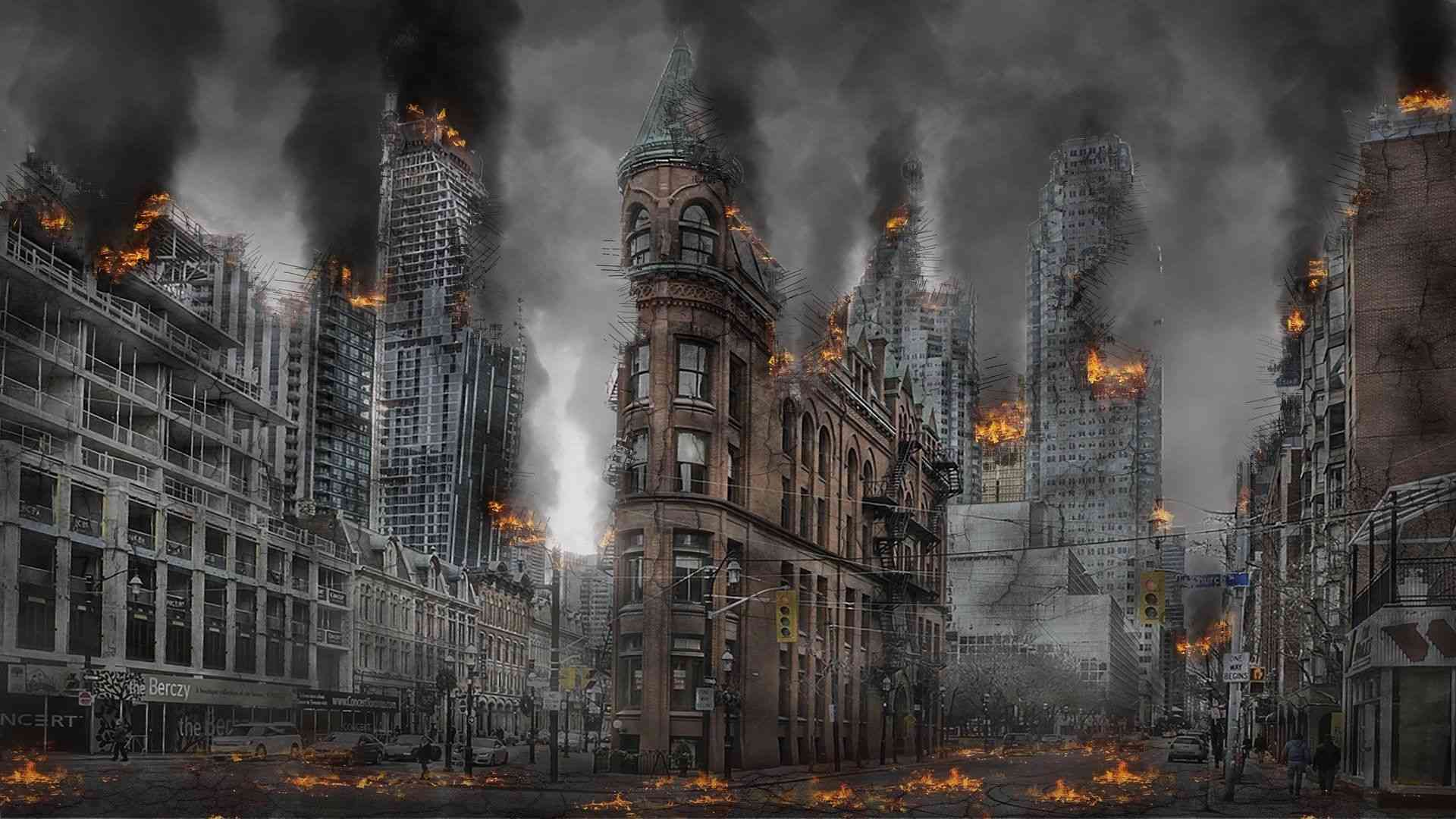
References:
[1] Caroline AlexanderArt by Daniel Dociu, retrieved: (22/7/2020) https://web.archive.org/web/20161225052705
[2] http://ngm.nationalgeographic.com/2011/11/gold-hoard/alexander-text rettieved: (22/7/2020)

